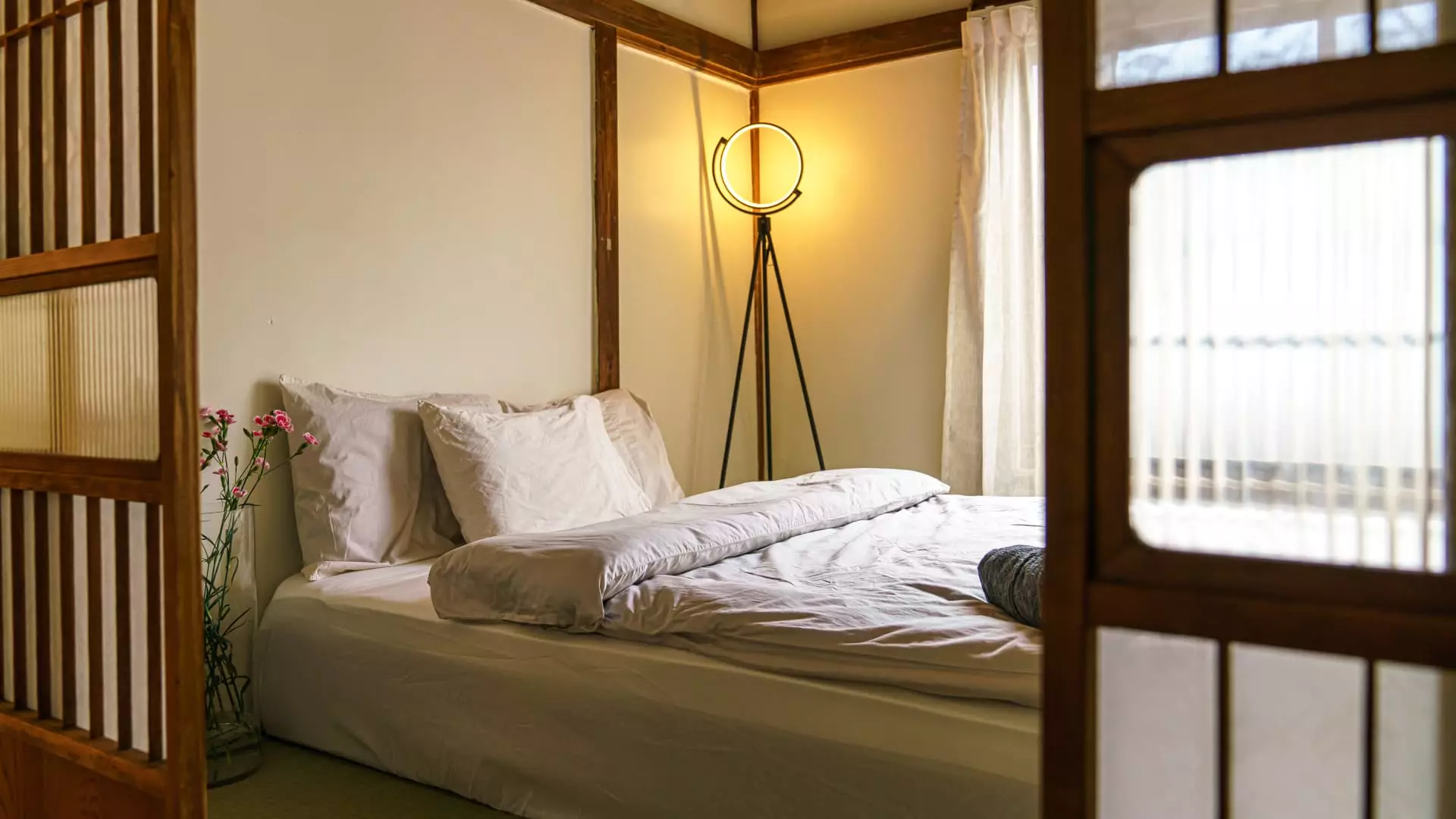In recent years, Japan has found itself grappling with a peculiar crisis: an abundance of vacant homes. With an astonishing 9 million “akiyas” or abandoned houses across the nation, the country faces a stark contrast to the housing shortages seen in many other parts of the world. The statistics are alarming; as of 2023, Japan’s fertility rate has plummeted to a startling low of 1.2 births per woman, coupled with a rapidly aging population where those aged 65 and over constitute roughly 30% of the populace. This demographic shift, characterized by declining birth rates and rising death rates, has left a landscape littered with neglected properties, presenting unique opportunities for adventurous individuals looking to turn potential into reality.
Amidst this backdrop, Anton Wormann, a 32-year-old with an artistic flair and passion for renovation, found himself drawn to Japan’s quirks and charms. Originally from Sweden, and with a rich history of living in major metropolitan cities across Europe and North America, Wormann first set foot in Japan in 2015 during a work trip that ignited a lasting fascination. Captivated by Japan’s nuanced culture, stunning landscapes, and delectable cuisine, he felt an undeniable pull, often struggling to leave the country after each visit. By 2018, he made the pivotal decision to uproot his life and fully immerse himself in Japan.
Wormann’s aesthetic sensibilities and childhood explorations of home renovation with his father paved the way for his current venture. His encounters with various properties over the years formed a foundation for his understanding of the potential hidden within Japan’s akiyas. “I never truly comprehended the scale of the situation until I settled in Japan and truly engaged with its community,” Wormann reflects, elucidating how cultural acclimatization unveiled an unexpected investment avenue in dilapidated homes.
Life in Tokyo came with its fair share of challenges, particularly as Wormann embarked on the renovation of an abandoned neighbor’s house, which had succumbed to years of neglect. The seller, the owner’s children, were approachable with the help of a supportive neighbor, and Worman was able to acquire the 86-year-old property for a mere 8 million yen (about $54,000). Yet, concealed behind its antiquated charm lay remnants of the past—a treasure trove of the previous residents’ belongings, termite infestations, and significant structural impairments awaited him.
Despite initial apprehensions about the daunting project ahead, Wormann understood that a home’s essence lay in its location, natural light, and architectural characteristics. Acknowledging the house’s shortcomings, he believed that the core elements he cherished could be revitalized with dedicated effort and creativity. Thus, he began a transformative journey that would demand not just skill but unyielding resolve.
The Renovation Odyssey
Dedicating approximately 1,500 hours over 15 months, Wormann transformed what seemed like a hopeless undertaking into a delightful abode. The process was labor-intensive; a narrow Tokyo property necessitated meticulous demolition, removal of waste, and a steady stream of logistical challenges. Wormann adapted to this arduous routine, fostering a unique connection to the house that bloomed through countless choices he made along the way.
Every inch of the home bore his touch, each design decision reflecting both patience and passion—a labor of love manifested piece by piece. Budgeting another 8 million yen for renovations, the total investment sat at approximately $110,000. Ultimately, his dedication bore fruit; the once-abandoned property evolved into a stunning vacation rental booming with tourist interest, grossing around $11,000 monthly.
What commenced as a simple passion project burgeoned into a thriving business. Today, Wormann triumphantly owns eight properties in Japan, with seven being former akiyas. The successful renovation of three properties, alongside four ongoing projects, showcases his commitment both to the revival of Japan’s cultural heritage and to innovation within the real estate market.
Wormann’s endeavors encapsulate the often-overlooked beauty of Japan’s forgotten homes. Through his efforts, he not only injects life into these properties but encourages others to recognize the potential that lies in the country’s architectural history. “Amidst dying villages and declining communities, these homes are cultural vessels crying out for revival,” he noted. “The prospect of saving them is not only fascinating but also a responsibility that all of us can shoulder.”
Wormann’s journey highlights the intersection of opportunity and transformative vision against the backdrop of Japan’s demographic hurdles. Rather than succumbing to despair over unused resources, Wormann presents a relatable model—an individual with a passion finding purpose in overlooked places. The revival of akiyas is not merely a trend; it is a lifeline for recapturing the essence of Japanese culture, one renovation at a time, triumphantly turning the tide on a daunting crisis. In doing so, he reminds us all of the beauty that can flourish within forgotten spaces.

